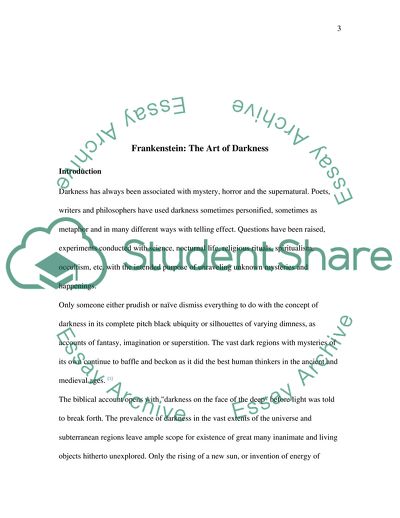Cite this document
(Frankenstein: The Art of Darkness Literature review, n.d.)
Frankenstein: The Art of Darkness Literature review. https://studentshare.org/literature/1711443-frankensteinthe-art-of-darkness-dissertation-proposal
Frankenstein: The Art of Darkness Literature review. https://studentshare.org/literature/1711443-frankensteinthe-art-of-darkness-dissertation-proposal
(Frankenstein: The Art of Darkness Literature Review)
Frankenstein: The Art of Darkness Literature Review. https://studentshare.org/literature/1711443-frankensteinthe-art-of-darkness-dissertation-proposal.
Frankenstein: The Art of Darkness Literature Review. https://studentshare.org/literature/1711443-frankensteinthe-art-of-darkness-dissertation-proposal.
“Frankenstein: The Art of Darkness Literature Review”. https://studentshare.org/literature/1711443-frankensteinthe-art-of-darkness-dissertation-proposal.


